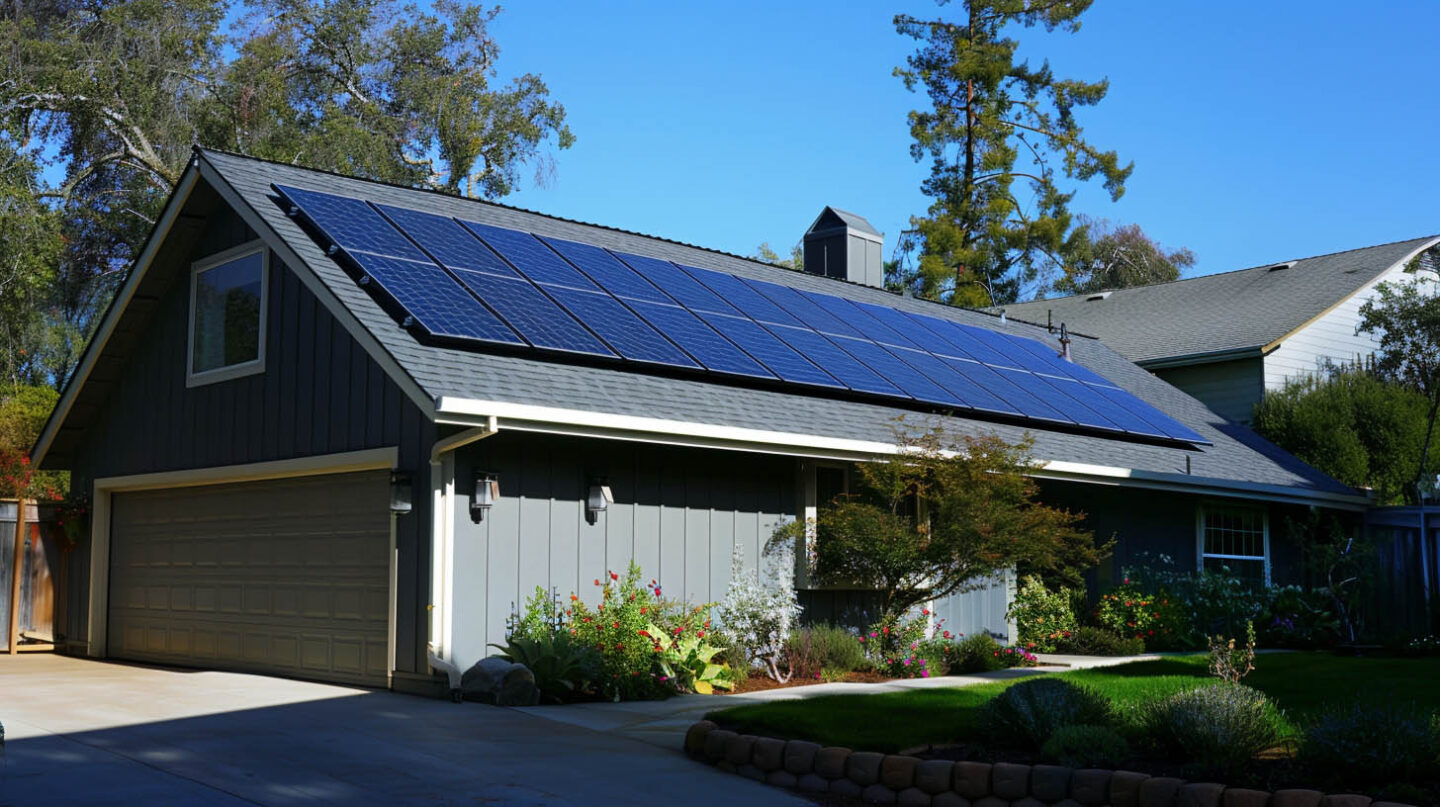Choosing to power your home with clean energy is an exciting step. As a Durham, NC homeowner, you now have more options than ever, with two popular choices leading the way: solar shingles and traditional rack-mounted solar panels. Both technologies harness the sun’s power, but do so in very different ways. Understanding their unique benefits and features is key to making the right decision for your home, budget, and lifestyle. At The Shingle Master, we believe in “Protecting What Matters,” and that includes helping you make an informed choice for your family’s energy future.
Understanding Solar Roofing Technologies
Before comparing these two options side-by-side, it’s helpful to understand the basics of roofing. Solar technology has evolved significantly, moving beyond just bulky panels. Today’s options integrate energy production directly with your home’s primary defense: the roof itself.
Both shingles and rack-mounted panels use photovoltaic cells to convert sunlight into electricity. The main difference lies in how these cells are packaged and installed. One acts as the roof, while the other sits on top of it. Let’s explore each one more closely.
What Are Solar Shingles?
Solar shingles are innovative roofing materials known as solar roof tiles designed to generate electricity from sunlight while serving as a protective roof layer. They combine the functionality of traditional roofing with energy production, providing a seamless appearance and potentially reducing installation costs compared to conventional panels.
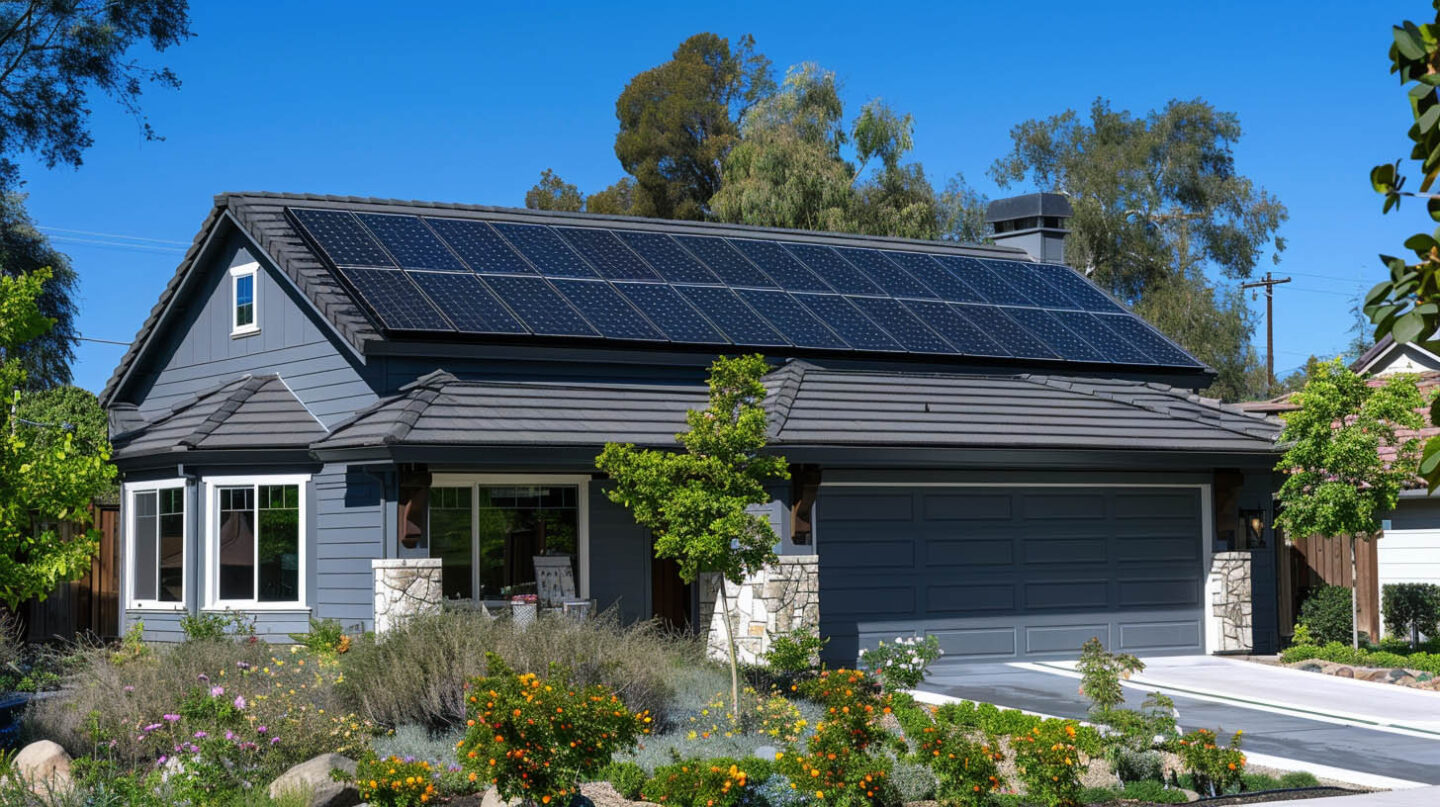
What Are Rack-Mounted Solar Panels?
Rack-mounted panels are traditional photovoltaic systems that are installed on racks positioned above a roof or ground. They typically consist of multiple panels connected to an inverter, converting sunlight into electricity, and are known for their efficiency and flexibility in installation.
Key Differences Between Solar Shingles and Rack-Mounted Panels
While both systems provide renewable energy, the choice between solar shingles and rack-mounted panels often comes down to your priorities. Do you value a seamless look, or is maximum energy production and a lower upfront cost more important? These two options differ significantly in their construction, installation, and performance.
Understanding these distinctions is crucial for selecting the best option for your Durham home. We’ll look at the materials they are made from, how they are installed, and what you can expect in terms of energy output.
Construction and Materials
The construction of solar shingles integrates individual photovoltaic solar cells seamlessly into roofing materials, providing a blend of aesthetics and functionality. Made from durable materials like tempered glass and advanced polymers, they mimic the appearance of traditional roofing yet deliver impressive energy production.
In contrast, rack-mounted panels are typically made from aluminum frames and tempered glass, designed for robust performance. These conventional panels are installed atop existing roofing structures, requiring specific mounting hardware, which can impact the overall durability and efficiency of the energy generation system.
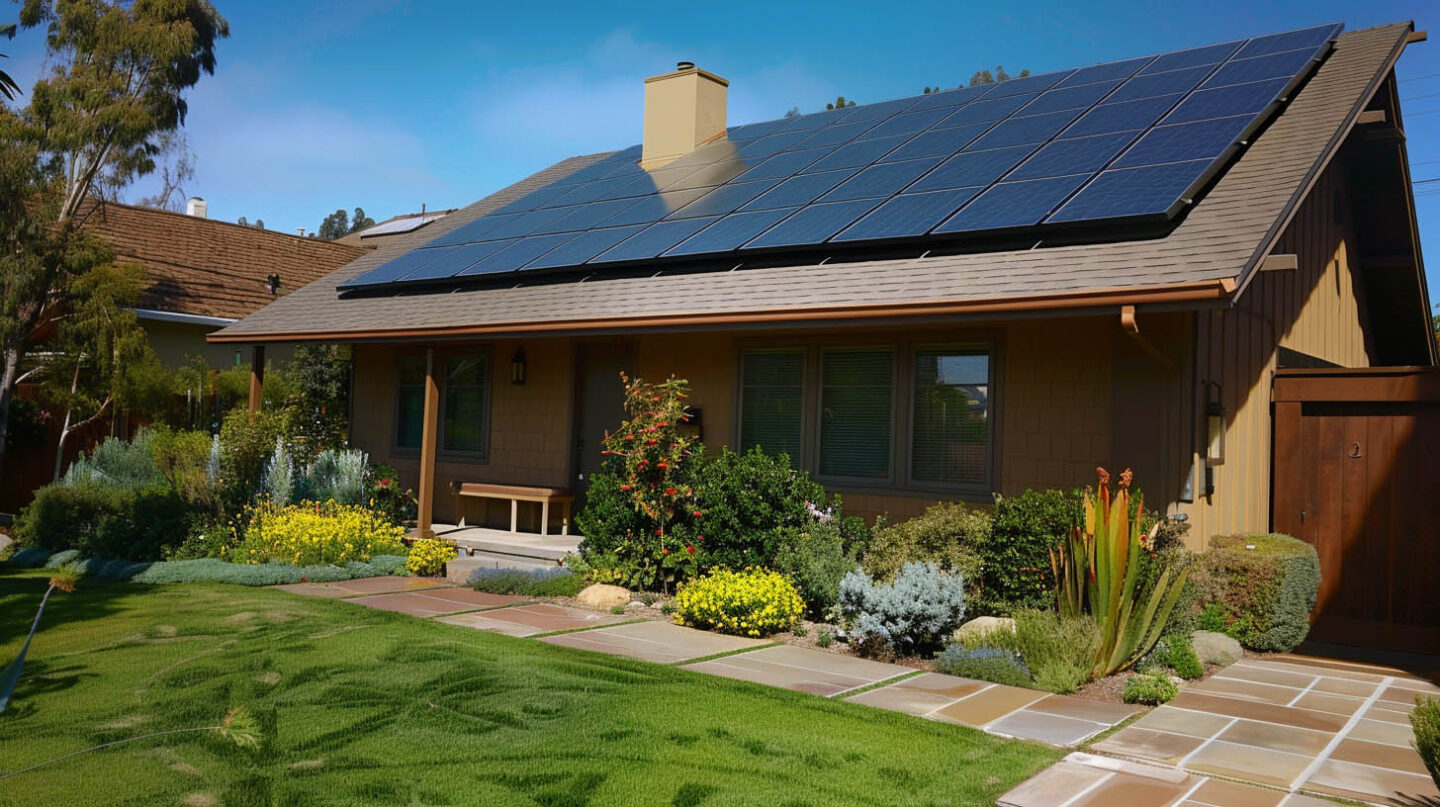
Installation Techniques
The installation process for solar shingles differs significantly from that of conventional panels. Solar shingle installation involves integrating shingles into the existing roof structure, as part of a new roof, often requiring skilled installers familiar with roofing systems. In contrast, traditional rack-mounted panels are affixed to the roof using mounting hardware, a more straightforward approach but one that can affect roof aesthetics. Both techniques require careful attention to the roof condition to ensure maximum efficiency, as improper installation can hinder energy output and overall performance.
Energy Production Capabilities
Examining energy production capabilities reveals distinct advantages of solar shingles compared to traditional solar panels. Solar shingles integrate seamlessly with the roofing system, allowing for the utilization of photovoltaic cells across the entire roof. This maximizes energy generation while maintaining curb appeal. Alternatively, rack-mounted panels typically require more space due to their separate installation, affecting the overall solar panel system’s efficiency based on the size and condition of the existing roof. Ultimately, both options contribute to renewable energy sources and energy efficiency but differ in application and aesthetics.
Comparing Aesthetics and Curb Appeal
For many homeowners in Durham, the way their home looks is just as important as how it functions. The visual impact of a solar installation is a major consideration, and this is where shingles and rack-mounted panels truly diverge. Your home’s curb appeal can be significantly affected by your choice of solar technology.
One system is designed to be invisible, while the other makes a clear statement. Let’s examine how each option affects your home’s appearance from the street and the design flexibility they offer.
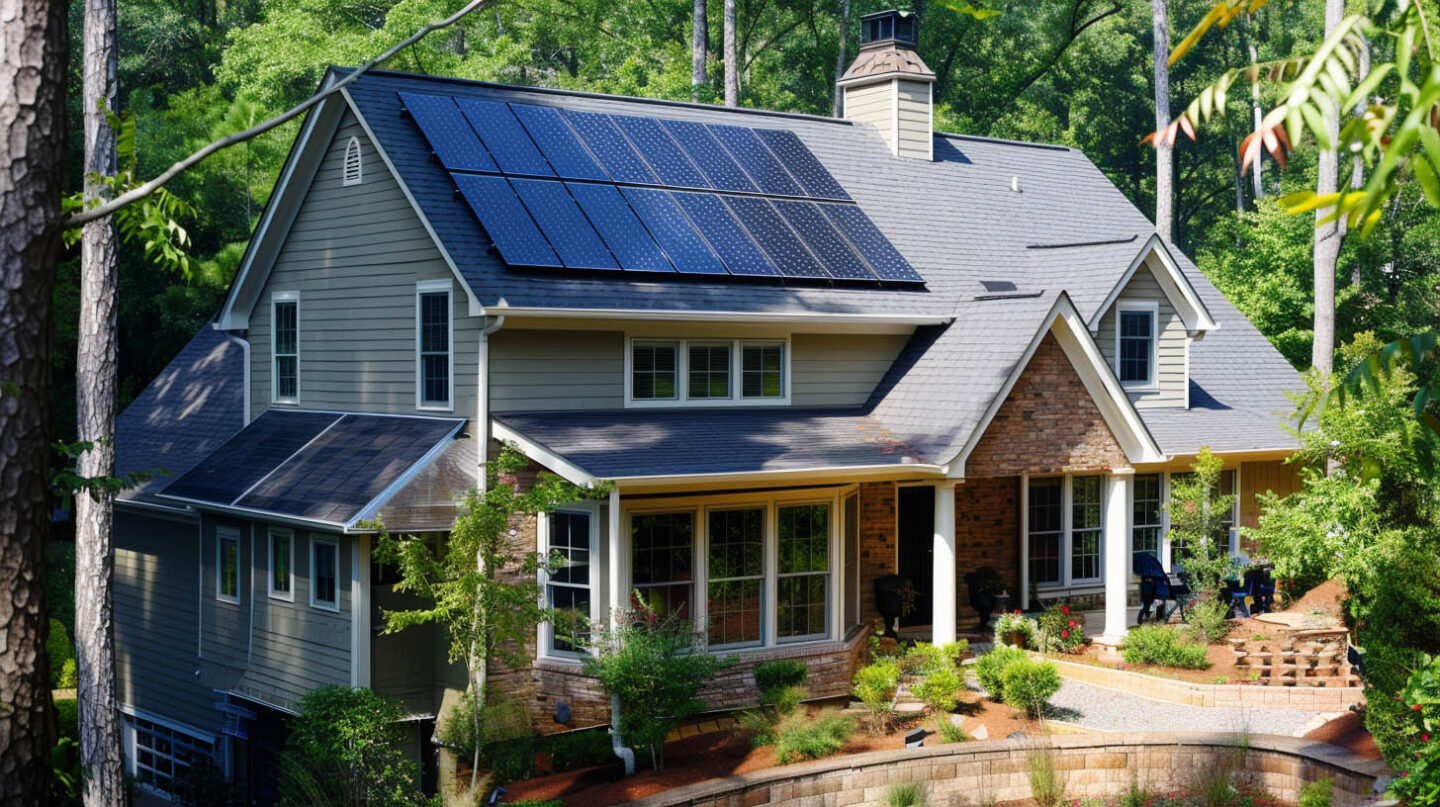
Appearance From the Street
A significant factor for homeowners considering options is the visual impact on their property. Solar shingles, designed to mimic traditional roofing materials, integrate seamlessly, enhancing curb appeal while maintaining aesthetic consistency. In contrast, conventional panels are often installed on top of existing roofs, which can disrupt the smooth lines of architectural design. While both options offer renewable energy benefits, the choice between a roof and traditional panels may ultimately hinge on preference for aesthetics alongside functionality.
Design Flexibility for Homeowners
Adaptability in design plays a crucial role for homeowners considering solar options. With shingles seamlessly integrated into your roofing system, they mimic traditional roofing materials like asphalt shingles, preserving the home’s aesthetic. This offers an attractive alternative to conventional panels, which can disrupt the visual appeal of a roof. Furthermore, roof tiles allow for customization in color and style, enabling a cohesive look that enhances curb appeal while maximizing energy efficiency. Such flexibility empowers homeowners to meet their energy needs without compromising architectural integrity.
Integration With Existing Roofing Styles
Integrating solar shingles into existing roofing styles showcases a seamless blend of functionality and aesthetics. These innovative roofing materials, akin to traditional shingles, complement various architectural designs. Unlike conventional panels that may disrupt your roof’s appearance, solar shingles provide a cohesive look, enhancing curb appeal. The installation process is often straightforward, allowing homeowners to maintain their current roofing condition while benefiting from renewable energy. As technology evolves, adapting to roof structure becomes increasingly efficient, making shingles a compelling option for modern homes.
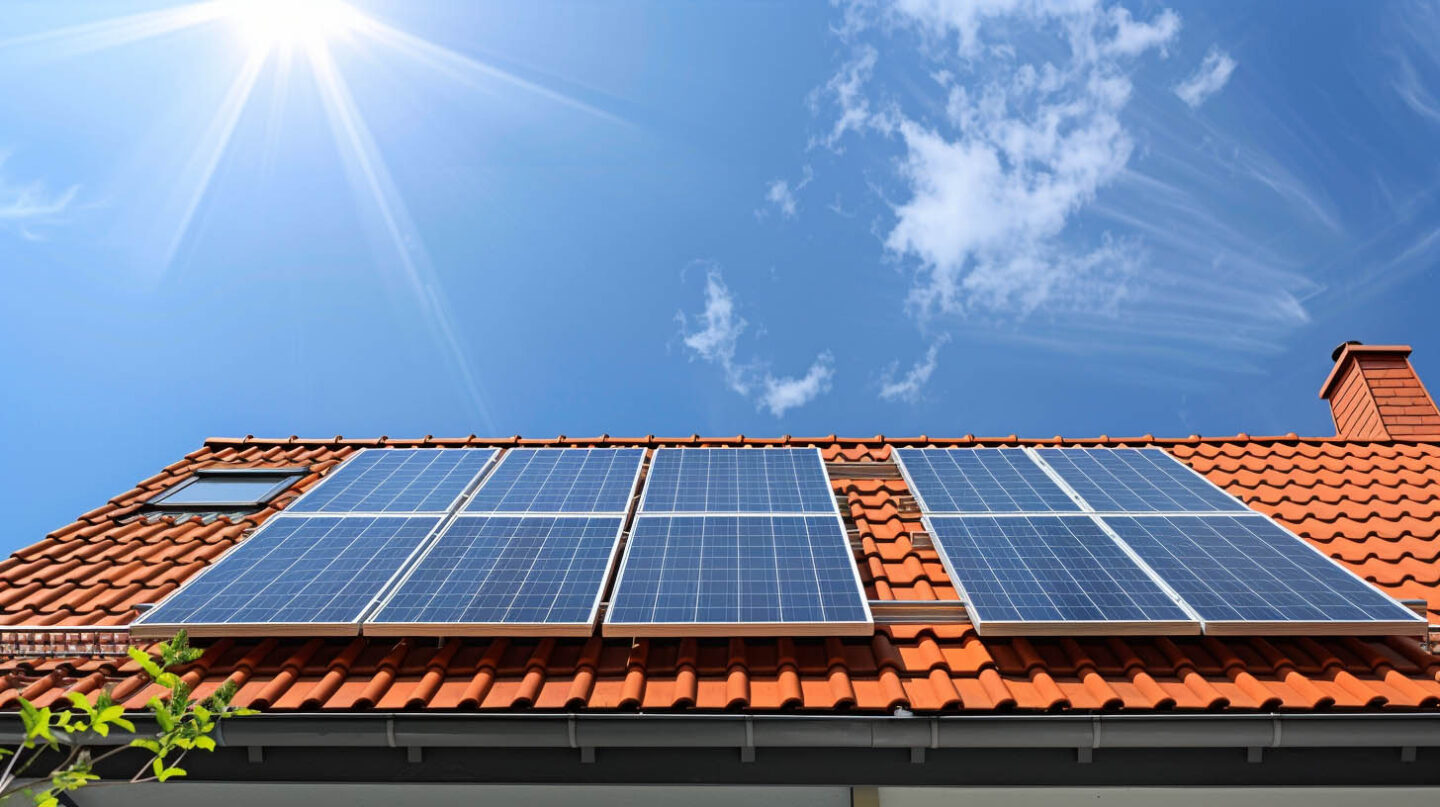
Cost Factors: Upfront and Long-Term
A solar investment is a significant financial decision, so understanding the costs is essential. The price tag involves more than just the initial purchase; you also need to consider installation costs, available incentives, and the long-term return on investment (ROI). The average cost can vary widely between shingles and rack-mounted panels.
As a company built on honesty, we want you to have a clear picture of the financial implications. Let’s break down the upfront expenses and long-term savings for each solution.
Initial Purchase and Installation Costs
Initial costs significantly influence decisions when choosing between solar roofing options. Solar shingles typically involve higher upfront expenses due to their innovative design and the integration of photovoltaic cells within conventional roofing materials. Conversely, rack-mounted solar panels may offer a more economical installation process, particularly if a roof replacement is not required. However, installation costs for both solutions can vary based on the size of your roof and the complexity of the installation. Consideration of long-term benefits, like efficiency ratings and potential rebates, is essential for a comprehensive analysis.
Incentives, Rebates, and Tax Credits
Various financial incentives can make energy more accessible, enhancing the appeal of both shingles and rack-mounted panels. Homeowners can benefit from the federal solar tax credit, which allows a percentage deduction on installation costs for eligible systems. Additionally, local and state rebates may significantly reduce upfront expenses. Some companies offer incentives for opting for solar solutions. Understanding these financial opportunities is crucial to optimizing the return on investment, making renewable energy installations an economically viable choice for many.
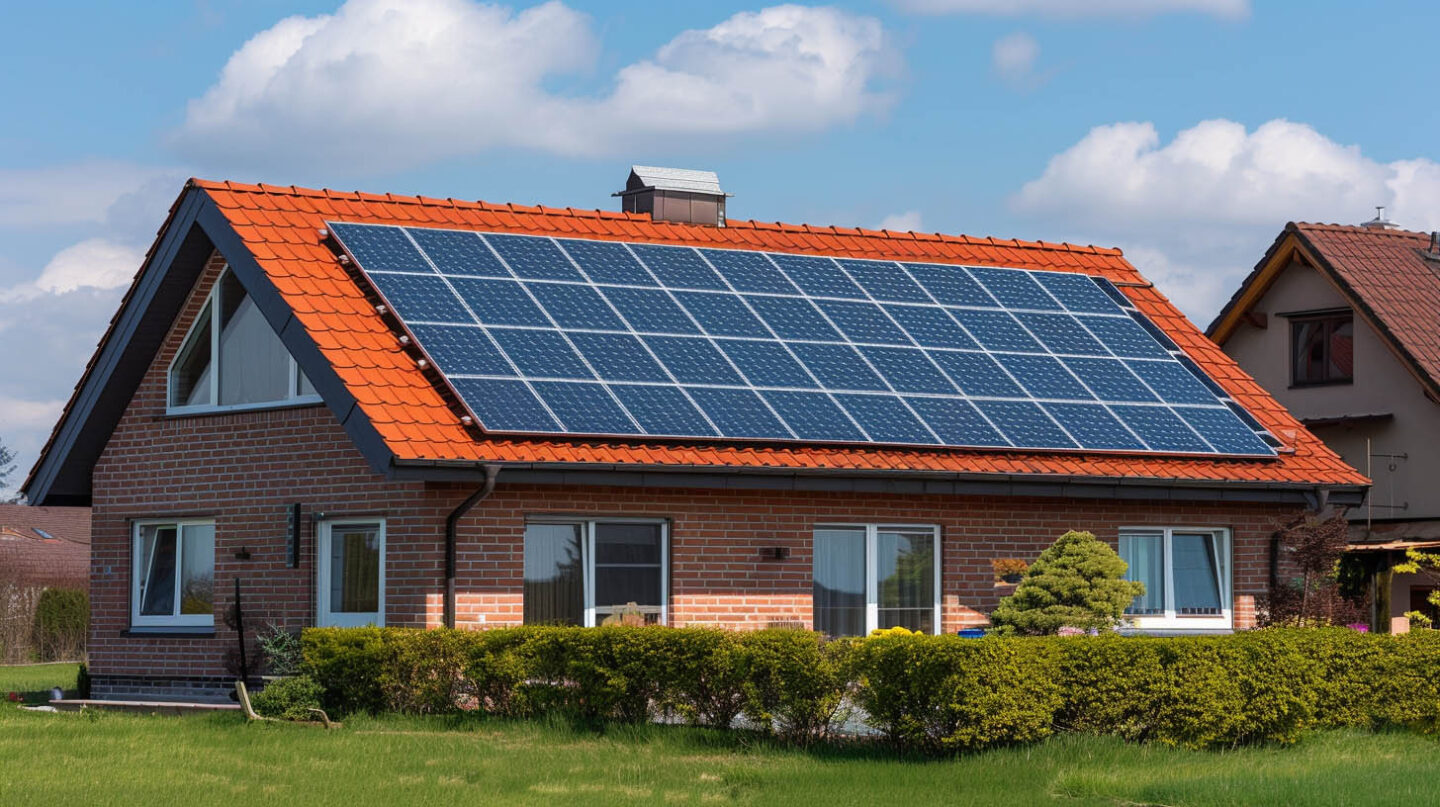
Return on Investment Over Time
Evaluating the return on investment for solar shingles and rack-mounted panels reveals distinctive financial implications over time. Solar shingles, integrated into the roofing system, may have higher upfront costs, but they offer aesthetic appeal and lower energy bills, reducing the total cost of ownership. In contrast, conventional rack-mounted panels generally provide a faster payback period due to lower installation costs and higher efficiency ratings. Understanding these financial dynamics can help homeowners and businesses make informed decisions that align with their energy needs and long-term savings goals.
Efficiency and Performance in North Carolina’s Climate
We experience everything from hot, humid summers to occasional winter cold snaps. Therefore, you need a solution that delivers optimal performance year-round. The efficiency and durability of your system in our specific weather conditions are critical for maximizing your energy output and your investment.
Both shingles and panels are built to be durable, but their designs can affect how they perform under different conditions. Let’s look at how each option handles the varied weather in our state and adapts to local roof types.
Energy Output in Varied Weather Conditions
Efficient energy production from a panel system hinges on weather conditions. Solar shingles, designed to integrate seamlessly with traditional roofing materials, can generate considerable energy even during overcast skies. In contrast, conventional panels typically exhibit reduced performance under similar circumstances. The placement and angle of both systems significantly affect their energy generation capabilities. Moreover, well-engineered technology can maximize output in diverse climates, making them reliable options for clean energy regardless of weather variability, leading to enhanced energy efficiency and reduced carbon footprints.
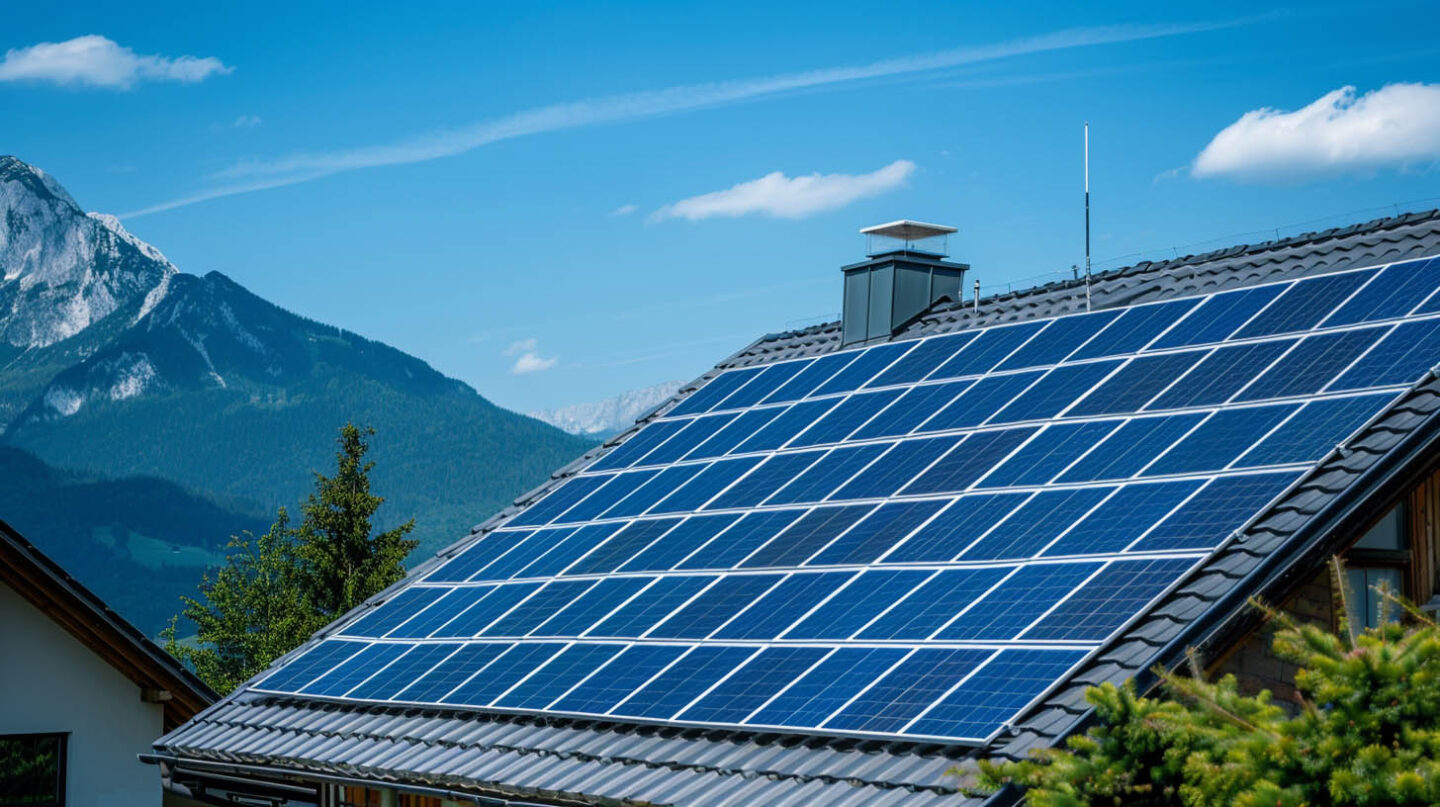
Adaptability to Local Roof Types
Various roof types in North Carolina can significantly influence the choice between solar shingles and conventional panels. Solar shingles are designed to blend seamlessly with traditional roofing materials, allowing them to adapt to different roof structures while enhancing curb appeal. Conversely, rack-mounted panels typically require specific slope and space considerations, potentially making them less versatile on intricate roof designs. Assessing the condition and type of your roof will help determine the best solar solution for optimal energy output and aesthetic integration within the home.
Longevity and Warranty Options
Longevity and warranty options significantly impact the decision between solar shingles and conventional solar panels. Typically, solar roof shingles boast a lifespan of 25 years or more, aligning with the longevity of traditional roofing materials such as asphalt shingles. Manufacturers often provide warranties that cover defects and performance, ensuring peace of mind for homeowners. In contrast, rack-mounted solar panels also offer comparable warranties, though performance may vary based on the efficiency ratings and installation techniques employed. Understanding these factors can help optimize your investment in clean energy.
What’s Next
In summary, the choice between solar shingles and rack-mounted panels hinges on factors such as aesthetics, installation costs, and long-term efficiency. While solar shingles seamlessly integrate with roofing systems, providing a clean look, traditional panels often boast superior energy production capabilities. Evaluating your roof’s condition, size, and orientation, along with potential rebates like the federal solar tax credit, can guide you to the best option. Ultimately, aligning your energy needs with available solar solutions can significantly reduce your carbon footprint while enhancing your property’s value. As a GAF Master Elite Contractor, with a BBB A+, Haag Certified Inspector credentials, and NC Licensed General Contractor status, we ensure expert guidance and quality installation for your solar energy needs.
Frequently Asked Questions
What are the drawbacks of solar shingles?
The main drawbacks of solar shingles include a higher upfront installation cost since they require a full roof replacement. They may also have slightly lower efficiency ratings compared to traditional panels and can be more complex to repair if a single shingle needs service, depending on the system’s warranty.
Are solar shingles as efficient as solar panels?
Generally, solar shingles have a slightly lower energy efficiency per square foot than traditional solar panels. While a solar shingle roof can absolutely meet an average home’s energy needs, rack-mounted panels often provide a higher power output, making them a better choice for homes with very high electricity consumption.
Are roof mounted solar panels worth it?
Yes, rack-mounted panels are an excellent investment. Their lower initial cost, high efficiency, and eligibility for incentives provide a strong return on investment. Through significant energy savings and net metering credits, they can pay for themselves over time while increasing your home’s value and reducing your carbon footprint.
Read our blog: Chimney Leaks 101: Counter-Flashing and Cricket Design

